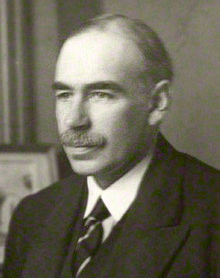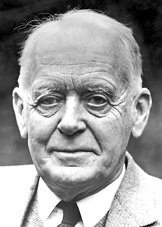Keynes and The Neoclassical Synthesis
One of Keynes central preoccupation was to explain how widespread involuntary unemployment can exist and persist when the labor market does not clear. The Neoclassical-Keynesian Synthesis was wildly successful and dominated macroeconomics in the post-war period. For a long time, the Neo-Keynesian system was synonymous with the Keynesian Revolution and was highly influential in both theoretical, applied and policy work. The Neoclassical-Keynesian Synthesis refers to the Keynesian Revolution as interpreted and formalized early post-war period. The centerpiece of the Neoclassical-Keynesian Synthesis or the Neo-Keynesian system was the infamous IS-LM Model first introduced by John Hicks. . One of the startling results of the IS-LM model was that it was unable to obtain the Keynesian result of an unemployment equilibrium. The model tended to yield the neoclassical result of full employment. As a result, in order to generate an unemployment equilibrium as a solution to this system of equations, the Neo-Keynesians appealed to rigid money wages, interest-inelastic investment demand, income-inelastic money demand or some other imperfection to this system. Thus it is referred to as a synthesis of Neoclassical and Keynesian theory in that the conclusions of the model in the long run or in a perfectly working IS-LM system were Neoclassical, but in the "short-run" or imperfectly working IS-LM system, Keynesian conclusions held.

Hi! I am a robot. I just upvoted you! I found similar content that readers might be interested in:
http://cruel.org/econthought/schools/synthesis.html
Thanks